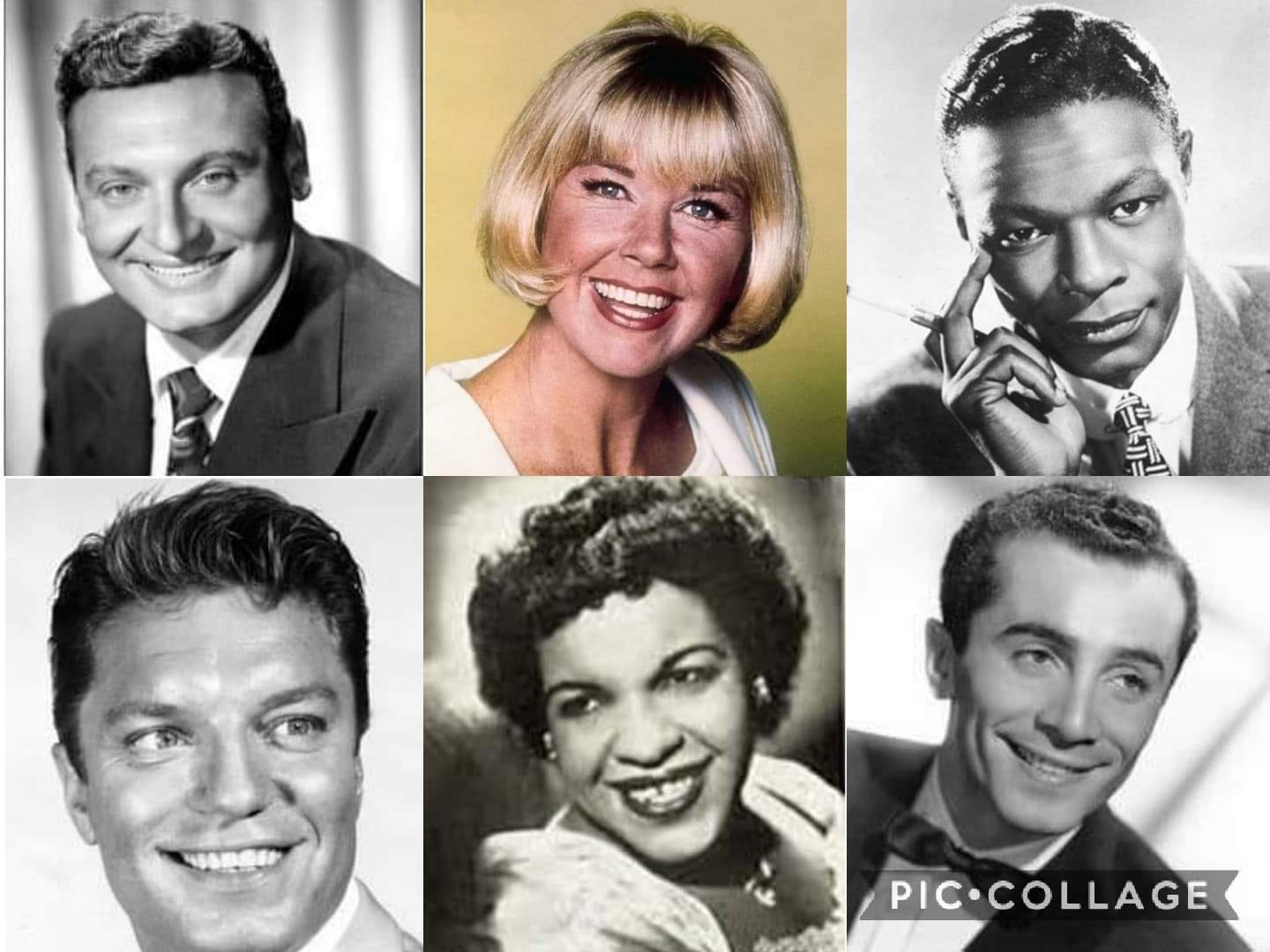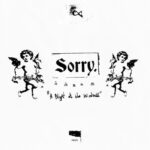Here in Leicester, we’ve been in lockdown since what feels like an eternity. We’ve all found our own ways of coping with it and passing the time. I made the decision to listen to every chart hit there has ever been, year by year, and select my favourite from each. Whilst I will tell you what my choice was for each year, I intend to focus more upon the ‘hidden gems’ as time goes on, so you can check some of the ones you might have missed out for yourselves and maybe even spark a healthy debate…
1952
As fellow chart geeks will be well aware, the first ever UK singles chart was published – as a Top 12 – on the week ending 14th November 1952, with Al Martino‘s ‘Here In My Heart‘ in pole position.
With the chart making its debut so late in the year, it took very little effort to get to know all the songs that impacted the Top 12 that year, as there were only 27 of them!
Oddly, the least successful of these was arguably the best of the lot. The easy jazz of Johnnie Ray‘s version of ‘Walking My Baby Back Home‘ is difficult to resist, written by Roy Turk, who died young – aged 42 – some 18 years before, and Fred E. Ahlert, who passed away in his early sixties 18 months AFTER Ray charted with it. So that’s my pick of the bunch anyway. It’s all the more remarkable that Ray would become such a success story, as only one year before he would be considered a household name, he was arrested for soliciting an undercover cop for sex.
Let us not forget that this was at a time when homosexuality was very much viewed as an obscene act and it was still many, many years before it was decriminalised in the US. One could quite reasonably draw the conclusion that Ray’s ambiguous sexuality, and the unnecessary aggravation from the authorities that this brought with it, played a part in the Oregon born singer’s battle with alcoholism throughout his career, which contributed to his somewhat premature death in 1990, aged 63. Irrespective of all this, Johnnie Ray remains one of the all time great voices, not just in American music, but worldwide too.
As for the lesser known gold nuggets, most of the artists here are enduring chart legends, so, although far from unknown, I will have to give that honour to the velvet tones of Nat King Cole, with his original version of Jimmy Van Heusen and Sammy Gallop‘s ‘Somewhere Along The Way‘, purely because it’s nowhere near one of his best known songs.
1953 & 1954
“Before Elvis, there was nothing.”
That quote has long been associated with John Lennon, and while you can empathise with this point of view of someone growing up in the early 1950s, when the charts were littered with big band recordings, novelty songs, operatic cuts, schmaltzy love songs and the cheerful pop of artists like Guy Mitchell, largely due to the general public trying to put behind them the atrocities of World War 2 and move on to better days, I would argue with Mr. Lennon that there was one exception – Frankie Laine.
While everyone else was hitting it big with romantic ballads, Frankie was charting with songs about duelling, stealing another man’s girl, and young boxers dying from fever. Quite simply, he was a breath of fresh air, and what’s more, he was a human rights activist to boot, supporting Martin Luther King, being vocal about his love of black artists, performing several benefit concerts, and being the first white artist to appear on Nat King Cole’s television show, waiving his usual fee in an attempt to save it after it struggled to find sponsors.
So Frankie gets my vote for BOTH 1953 and 1954, firstly for ‘Where The Winds Blow‘ (written by Texan songwriter Terry Gilkyson), where our protagonist is being chased by the sheriff for an unspecified crime, in fear of his life. The startling backing vocals give the effect of the titular wind breezing eerily through the trees and lifting the song to a higher plane.
Then the remarkable ‘The Kid’s Last Fight‘, a rousing, thrilling account of an upcoming boxer who meets his end long before his time. It’s no surprise that John Peel loved this one too – it’s one of the great songs of the decade yet barely gets acknowledged these days. Laine is still primarily best known for his enduring chart record of 18 non-consecutive weeks at number one with ‘I Believe‘. Which is a pity, as that’s not even close to being his finest moment.
But ‘The Kid’s Last Fight‘ certainly is, although sadly Frankie’s close friend, Carl Fischer, died shortly after recording this song, on which he played piano. As the YouTube link mentions here, Frankie never really got over it.
Looking at the perhaps now underappreciated Top 12 botherers, quite a few of the best entries are by female solo artists in 1953 and 1954. Joan Regan with the Squadronaires is right up there with ‘Ricochet‘, but my vote goes to Canadian born Gisele Mackenzie with her splendid rendition of ‘Seven Lonely Days‘, which is arguably best known for its Patsy Cline cover in 1961.
And as for the ‘lesser known’ hits of 1954, there aren’t many, really, so I’ve chosen a well known one that merely peaked at mumber 12. Written by members of The Chords, ‘Sh-Boom‘ was far more successful in this version by The Crew Cuts and has been used in numerous films, probably most notably Cars.
Any other chart anoraks out there? Do you agree with my choices or do you think I’ve done a great injustice to another gem? Thoughts are always welcome. See you soon for 1955!




